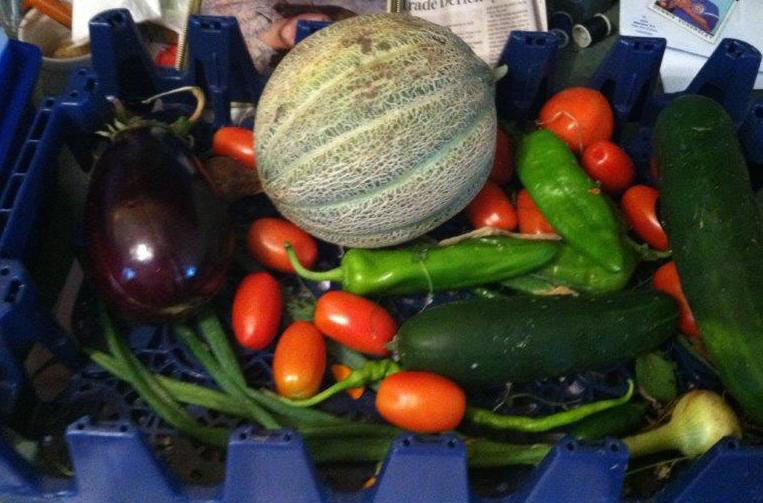As a high school health and PE teacher for the past 16 years at Brien McMahon High School in Norwalk, Conn., Stephanie Peckham has heard a lot of interesting stories and questions from her students. Questions run the gamut, with curious and not-yet-worldly students seeking answers about alcohol, drugs and cigarettes, to awkward birds and bees questions. And believe me, as her husband of 13 years, I’ve heard tell of some really funny questions, many of them jaw-dropping and not suitable for publication in this space! But with the surge in childhood obesity and diabetes, Stephanie has found herself in the figurative epicenter of a battle to educate this generation of young Americans about the critical importance of eating healthy.
The job can be an uphill battle at times, as many of her students come from low-income single-parent homes, have little to no education at home about proper nutrition, and are left to cook for themselves while the parent is working – often leading them to choose the most convenient, but typically unhealthy options. While explaining the right balance of fruits, vegetables, proteins, carbs and fats is part of the instruction, Stephanie finds that her students become much more engaged by the simple act of reading the ingredients label on their favorite snack foods. Measuring out how many grams of sugar, in terms of sugar packets, that are in a typical can of soda, for instance, can open some eyes. But as anybody with kids knows, negative reinforcement only goes so far.
Lately, Stephanie has expanded her arsenal. In 2013, she took over the school’s largely underutilized organic garden. She enlisted her students, many of whom have never grown or planted anything, and now has them planting tomatoes, carrots, zucchini, lettuce, pumpkins and others from seed in the winter, transplanting them into raised beds in spring, and tending to them through May and June. To hear Stephanie tell it, the joy and excitement of the kids as they watch plants spring up from seeds that they planted is validation in and of itself. But the simple message is undeniable and seems to resonate really well with the kids — food you grow is much better than food you get from a vending machine or a can.
Connecticut’s growing season dictates that much of her crop doesn’t mature until summer — long after the kids have finished school — which creates a problem of sorts, albeit it a good problem to have. What to do with all of the fresh produce? So Stephanie became an entrepreneur by necessity, and started a mini-CSA amongst school employees. Each pays $20 for a share of the garden’s summer production, which in turn funds supplies for the next growing season. She takes our three elementary school-aged kids to the garden with her twice a week in summer to pick and package the produce for distribution to the CSA members. My kids love “going to the garden,” and I’ve seen how it has been an enriching experience for Steph.

Now entering her second spring planting season, and working on a tight budget, she’s been creative about repurposing everyday items to outfit the garden. Steph has made liberal use of the ideas she’s found on our Sustainable America Pinterest page and elsewhere on the interwebz, like egg cartons and papier mache pots crafted from newspapers for growing seedlings. She’s now collecting used coffee grounds from our house, as well as from her very willing faculty members, for use as a soil supplement. Last I heard, she was experimenting with a homemade drip irrigation system and possible rain barrel cisterns.
We’re proud of her and all of the other educators in the country trying to teach our kids about food, and the home gardeners, urban gardeners, local and organic farmers, and entrepreneurs out there trying to improve our food system and bring people back in touch with where our food comes from — people who above all, are out there growing things.
Modern life is crazy. I’ve been on the road too much lately, it seems, in search of finding and ultimately funding innovative, early-stage companies that are seeking to improve the sustainability of our food and fuel markets. I write this entry as I sit on an airplane traveling goodness knows how fast, on my way home from meetings in Texas. And besides being anxious to see Steph and the kids, I find that I can’t wait for the threat of frost to clear (we’ve had a rough winter that wants to linger) so I can start growing things in our small garden. What can I say, she’s inspired me too.
Gray Peckham, at 37,000 feet
Director of Investments, Sustainable America
